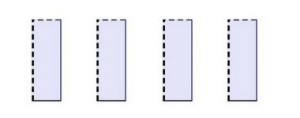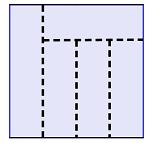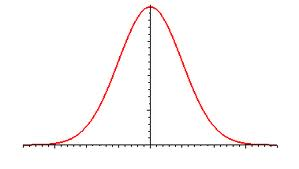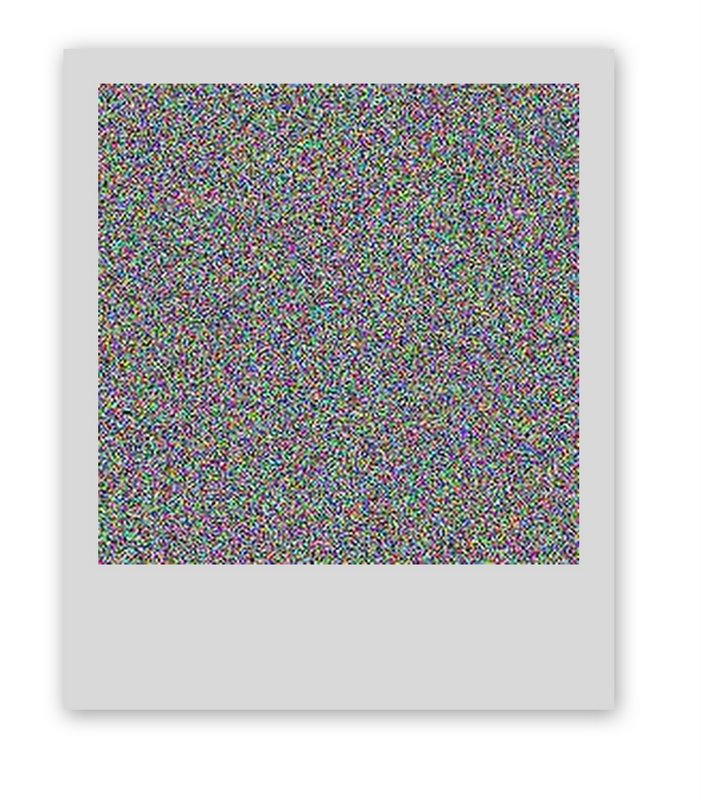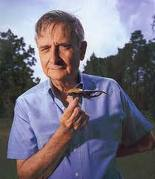 I watched “Lord of the Ants” on PBS the other night, a documentary about biologist E.O. Wilson. Wilson possesses the characteristics of the great natural scientist: a never-ending fascination with the world, the persistence to keep asking questions and to keep looking for answers, and the discipline to focus on and master a specific domain. Wilson’s impact has been both deep and broad, and he’s even been at the center of a scientific-political-cultural controversy–another benchmark of greatness.
I watched “Lord of the Ants” on PBS the other night, a documentary about biologist E.O. Wilson. Wilson possesses the characteristics of the great natural scientist: a never-ending fascination with the world, the persistence to keep asking questions and to keep looking for answers, and the discipline to focus on and master a specific domain. Wilson’s impact has been both deep and broad, and he’s even been at the center of a scientific-political-cultural controversy–another benchmark of greatness.
“Lord of the Ants” tells the story of his scientific life–past, present, and future–and it is viewable here. In Wilson’s story, a couple of cool math-y things caught my attention.
Wilson and Daniel Simberloff, a mathematician-turned-biologist, were interested in studying how ecosystems re-populate after extinction, so they fumigated a small island in the Florida Keys and watched what happened.
In particular, they wanted to know how re-population depends on the area of the region, and its distance from the “mainland”. Furthermore, they wanted to see if the same number of different species would return, if the same, or different, species would return, and if the relative populations of the various species would return to pre-extermination levels.
Later, Wilson goes on to describe an “Iron Law of Ecology”, namely that a 10-fold increase in habitat doubles the number of species that can be supported there. This quantitative analysis is obviously very useful for naturalists arguing in favor of preserving more and more natural habitat.


